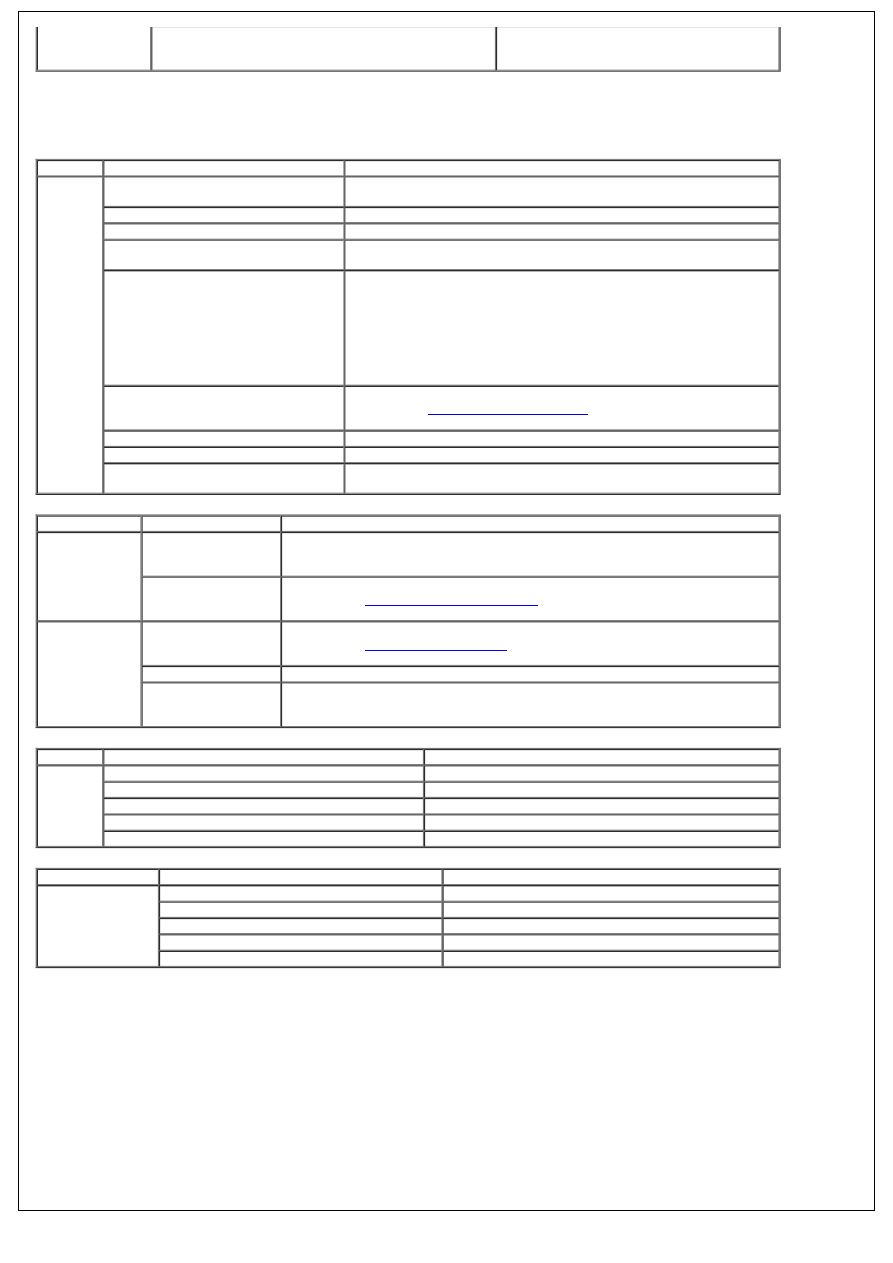Defender. Manual - part 50

*
*
*
*
*
*
*
*
*
*
*
*
*
-
-
-
-
-
*
*
*
*
*
*
*
*
*
*
*
*
*
*
*
*
*
*
*
*
*
*
*
*
*
*
*
*
*
*
*
*
*
*
*
*
*
*
Worn panhard rod or radius arm bushes. Check
condition of ball joints and the lower steering
column shaft universal joint for wear.
Replace worn/faulty components.
Steering vibration, road wheel shimmy - wobble
• NOTE: Vibration through the steering linkage powerful enough to induce high frequency oscillation of the steering
wheel, is generally caused by out of balance road wheels. However there are a number of other possible causes of this
symptom which, if severe, may be described as shimmy or wobble. Regardless of the terminology used by the
owner/driver to describe the symptoms, the following diagnostic checks should be carried out in the order presented.
Symptom
Possible Sources
Action
Steering
vibration
Balance of road wheel,
condition/specification of tires.
Balance wheels, replace faulty or incorrect specification tires.
Faulty steering damper.
Replace steering damper.
Worn/alignment of universal joints.
Replace worn components, align joints correctly.
Worn steering linkage ball joints,
including steering box and tie rod.
Replace worn or damaged components.
Worn suspension bushes.
Incorrectly tightened fixings.
Replace worn or damaged components. Ensure all fixings are
tightened to correct torque with vehicle wheels on the ground.
If problem persists, fit the following damper kits:
90 Models - STC288 (front) and STC 289 (rear)
110/130 Models - STC290 (front)
110 Models (levelled) - STC291 (rear)
110 Models (unlevelled) - STC92 (rear)
130 Models - STC293 (rear)
Incorrectly adjusted power steering
box.
Adjust steering box.
REFER to:
Steering Gear Adjustment
(211-00 Steering System -
General Information, General Procedures).
Excessive hub bearing end-float.
Check condition of hub bearings and adjust end-float as necessary.
Swivel joints incorrectly set.
Adjust swivel pin bearing preload.
Steering geometry out of
specification.
Carry out full steering geometry check.
Steering veer
Symptom
Possible Sources
Action
Steering veer -
not under
baking
Unevenly worn or
faulty front tires.
Inspect tires. Swap position (left to right) of front tires. If vehicle veers in
opposite direction, replace tires. If problem solved, leave tires in new
positions.
Steering box not
centralised.
Centralise steering box.
REFER to:
Steering Gear Centralization
(211-00 Steering System - General
Information, General Procedures).
Steering veer -
under braking
Air in brake system
Carry out bleeding procedure.
REFER to:
Brake System Bleeding
(206-00 Brake System - General
Information, General Procedures).
Brake pads glazed
Remove glaze or replace brake pads.
Swivel pin bearing
preload incorrectly
set
Adjust swivel pin bearing preload.
Directional stability
Symptom
Possible Sources
Action
Stability
Vehicle overloaded or load incorrectly positioned.
Check vehicle loading parameters in Owner Handbook.
Rear trailing link/chassis bushes worn.
Replace worn components.
Worn front and rear shock absorbers.
Replace worn components.
Faulty steering damper.
Replace steering damper.
Road wheels out of balance.
Balance the road wheels.
Power steering system - excessive noise
Symptom
Possible Sources
Action
Excessive noise
Incorrect fluid level.
Refill or drain to the correct level.
Hoses fouling vehicle body.
Re-route hoses away from vehicle body.
PAS drive belt tension
Re-tension drive belt.
Air in power steering system.
Bleed power steering system.
Faulty steering box and/or pump.
Replace faulty components.
POWER STEERING SYSTEM TEST
• NOTE: If steering lacks power assistance. Check pressure of hydraulic pump before fitting new components. Use fault
diagnosis chart to assist in tracing faults.